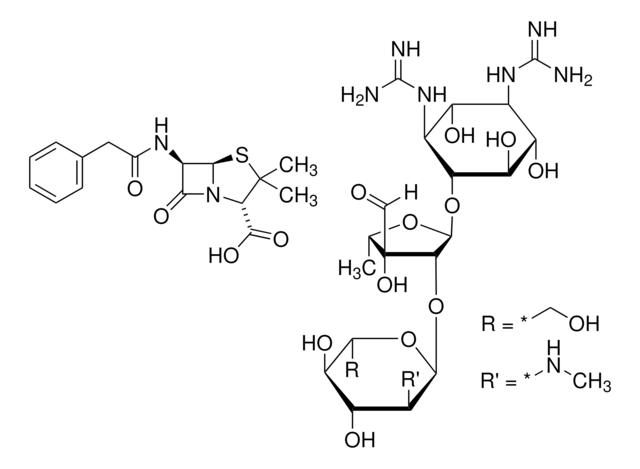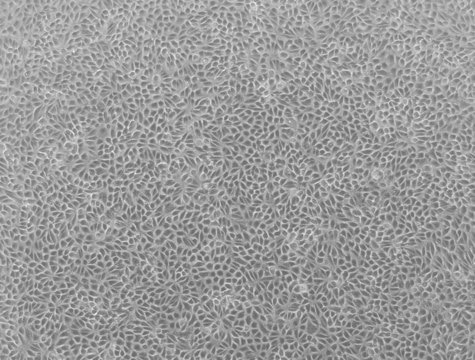M4526
Minimum Essential Medium Eagle
Alpha Modification, with sodium bicarbonate, without L-glutamine, ribonucleosides and deoxyribonucleosides, liquid, sterile-filtered, suitable for cell culture
Synonym(s):
αMEM, EMEM, MEM
About This Item
Recommended Products
Quality Level
sterility
sterile-filtered
form
liquid
technique(s)
cell culture | mammalian: suitable
impurities
endotoxin, tested
components
Earle’s salts (5% CO2): yes
sodium pyruvate: yes
glucose: yes
L-glutamine: no
HEPES: no
Hanks’ salts (2% CO2): no
phenol red: yes
NaHCO3: yes
stable glutamine: no
shipped in
ambient
storage temp.
2-8°C
Looking for similar products? Visit Product Comparison Guide
Related Categories
General description
Application
- immature cumulus-oocyte complexes from mice
- human mesenchymal stem cells (MSC)
- mouse pre-osteoblastic cell line
Reconstitution
also commonly purchased with this product
related product
supplement
Storage Class Code
12 - Non Combustible Liquids
WGK
WGK 1
Flash Point(F)
Not applicable
Flash Point(C)
Not applicable
Certificates of Analysis (COA)
Search for Certificates of Analysis (COA) by entering the products Lot/Batch Number. Lot and Batch Numbers can be found on a product’s label following the words ‘Lot’ or ‘Batch’.
Already Own This Product?
Find documentation for the products that you have recently purchased in the Document Library.
Customers Also Viewed
Articles
Human renal proximal tubule epithelial cells (RPTECs) are commonly used to predict human renal drug permeability and to investigate drug efflux. We have generated transporter knockout (KO) cell lines using CompoZr® Zinc Finger Nuclease (ZFN) technology in a proprietary renal proximal tubule epithelial cell line.
A large selection of MEM formulations. Minimum Essential Medium (MEM), developed by Harry Eagle, is one of the most widely used of all synthetic cell culture media.
Our team of scientists has experience in all areas of research including Life Science, Material Science, Chemical Synthesis, Chromatography, Analytical and many others.
Contact Technical Service




